Covid-19 rocked the restaurant sector, forcing operators to adapt to ever-changing regulations and adjust their offering in order to deal with the backlash of restaurants closing and the newfound influx of food delivery demands. During the height of the pandemic the rise of virtual restaurants soared with restricted access to bricks-and-mortar venues, emerging restaurants took their services to dark kitchens to meet growing demands.
KTCHNrebel speaks to two experts: Karen Malody FCSI, founder and president of foodservice consultancy Culinary Options, and Rational’s Stephan Leuschner, director of industry management QSR ghost kitchens, to talk current virtual restaurant trends, worldwide celebrity involvement, and what’s next for the industry in 2022.

Image: AdobeStock | chartphoto
Virtual future
Operating under a series of monikers, dark, cloud, ghost or virtual kitchens are purpose-built kitchens designed to purely deliver take-out food. Typically ghost kitchens are situated on lower rent industrial complexes or are strategically placed in city centers, allowing for faster food delivery to a larger pool of people, whilst keep costs at a minimum. Unlike a regular restaurant with a fixed menu, virtual restaurants can serve various different brands out of one kitchen due to their optimized delivery-only set-up.

Image: AdobeStock | Halfpoint
For operators, futureproofing their offering through exploring the latest foodservice trends helps to evolve their business and stay up to date. “Equipment and workflow need to be kept quite flexible as the brands housed inside a virtual restaurant can change overnight. Using relevant machinery and optimizing workflow are the next steps for the industry,” says Leuschner.
Celebrity-backed business
By not having a full-service restaurant premise with a storefront and a dining room, virtual restaurants can economize on cheaper real-estate whilst opening multiple ventures across various locations with minimal financial impact, making them an attractive investment.
One of the latest launches in the expanding virtual restaurant sector is from Virtual Hero and YouTube headliners The Sidemen (a collective of seven friends who post videos to the online platform, consisting of KSI, Miniminter, Zerkaa, Behzinga, Vikkstar123, TBJZL, and W2S). Well-known for their creativity, cook-offs, and reviews, The Sidemen are aiming to bring their well-consumed charisma to their fried chicken virtual food venture.
The Sides menu allows customers to choose their ‘protein’, either chicken or plant-based, and customize their choice with a variety of toppings, sides, and sauces, allowing each customer to create their own unique food content.
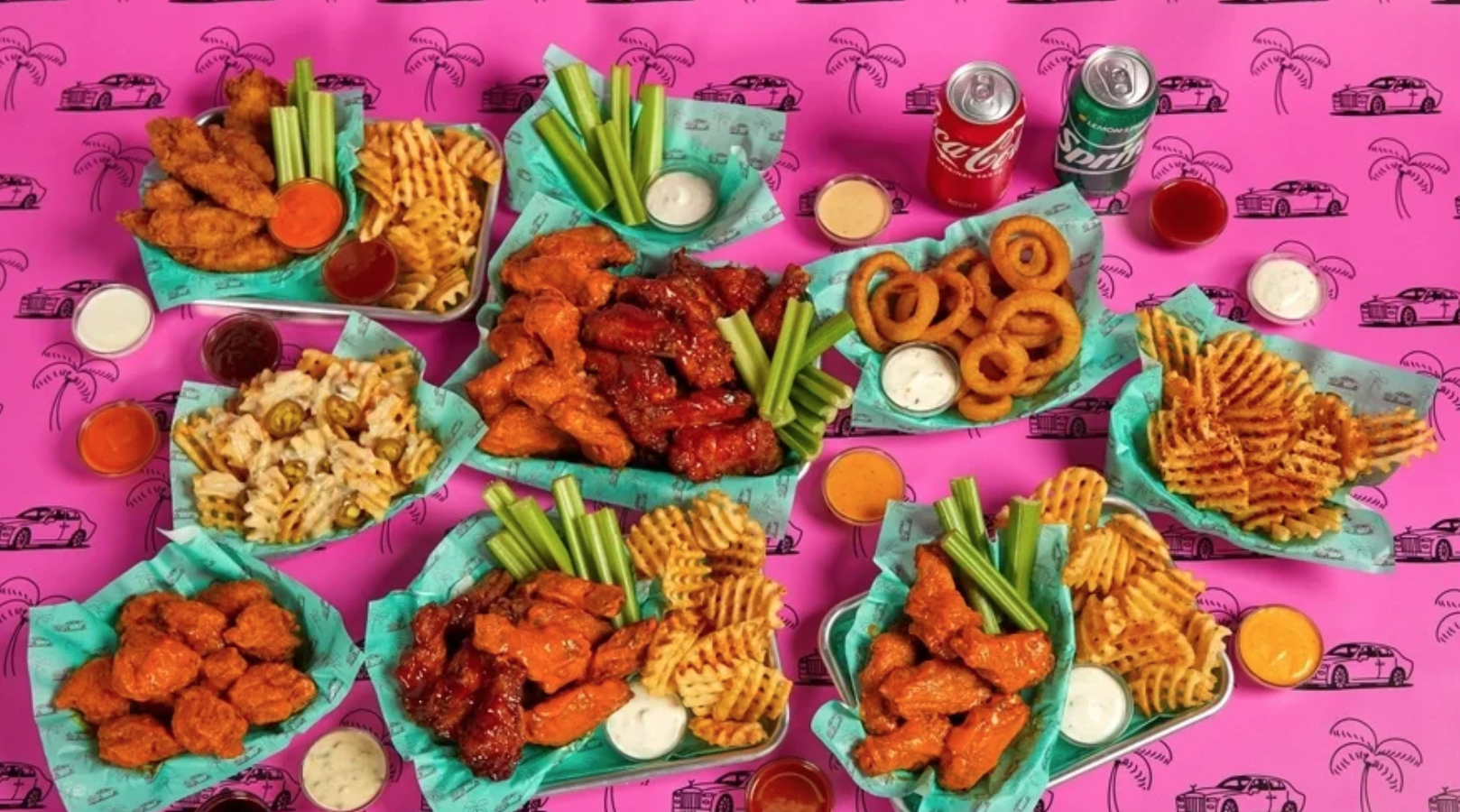
Image: DJ Khaled
With a combined international audience of 84.5 million dedicated YouTube subscribers and counting, it comes as no surprise that the group of young entrepreneurs are instantly launching their brand across London and the UAE, with 200 sites set to open globally by the end of 2022. With the help of Virtual Hero, a concession of Hero Brands, which oversees popular fast casual chain offerings such as German Donner Kebab and Island Poké, Sides is their latest cloud kitchen-based mega brand to launch in multiple locations simultaneously via REEF’s community hubs.
Another Wing
Celebrity investment in foodservice ventures is not a new phenomenon. Within A-List spheres, particularly the music industry, celebrities have sought to invest in real-estate and create a variety of food offerings, from 2 Chainz’s Atlanta seafood empire to Ludacris’s Chicken + Beer. The next rapper inline to develop their food empire is Grammy-winning artist and record producer DJ Khaled.
Beginning on November 11th, Another Wing will launch internationally across three continents, in five countries, and 18 states with over 150 locations; the first restaurant concept to ever launch on three continents at the same time. Another Wing’s menu features bone-in and boneless wings in seven signature flavors including Un Un Un Believable Buffalo and You Loyal! Lemon Pepper, with customers able to order a-la-cart or choose from combo meals.
In an increasingly saturated market Malody predicts success for DJ Khaled’s worldwide offering as “DJ Khaled immediately has a step ahead other virtual restaurants because of his brand recognition; his personality is his brand.” Combining DJ Khaled’s cult following with REEF, the fastest-growing international network of delivery kitchens in the world, bodes for an unstoppable worldwide presence in the foodservice industry.
“By launching on three continents and 165 locations at the same time, REEF is sharing with the world how brands can use our platform to scale with unprecedented speed and minimal capital investment. At REEF we are truly connecting the world to your block,” says Alan Philips, REEF’s chief creative officer.

Image: DJ Khaled
Trend prediction
Virtual restaurants are constantly evolving, refining concepts, and developing their optimization. As restaurants continue to recover from the ongoing COVID-19 pandemic, reliance on food delivery brands is set to continue. To meet these increasing demands, “food packaging innovations are going to be exponential,” says Malody. “Virtual restaurants still have to ask: what do I want the customer experience to be? Questioning how their food gets packaged is a huge question. Ensuring food retains quality throughout transportation is essential.”

Image: AdobeStock | LIGHTFIELD STUDIOS
The rise of automation and development of service robotics is a trend set to dominate the industry years after 2022. “I would not be surprised if more and more brands don’t turn to robotic delivery, either by robots or self-driven cars,” says Malody, however this trend is in the distant future.
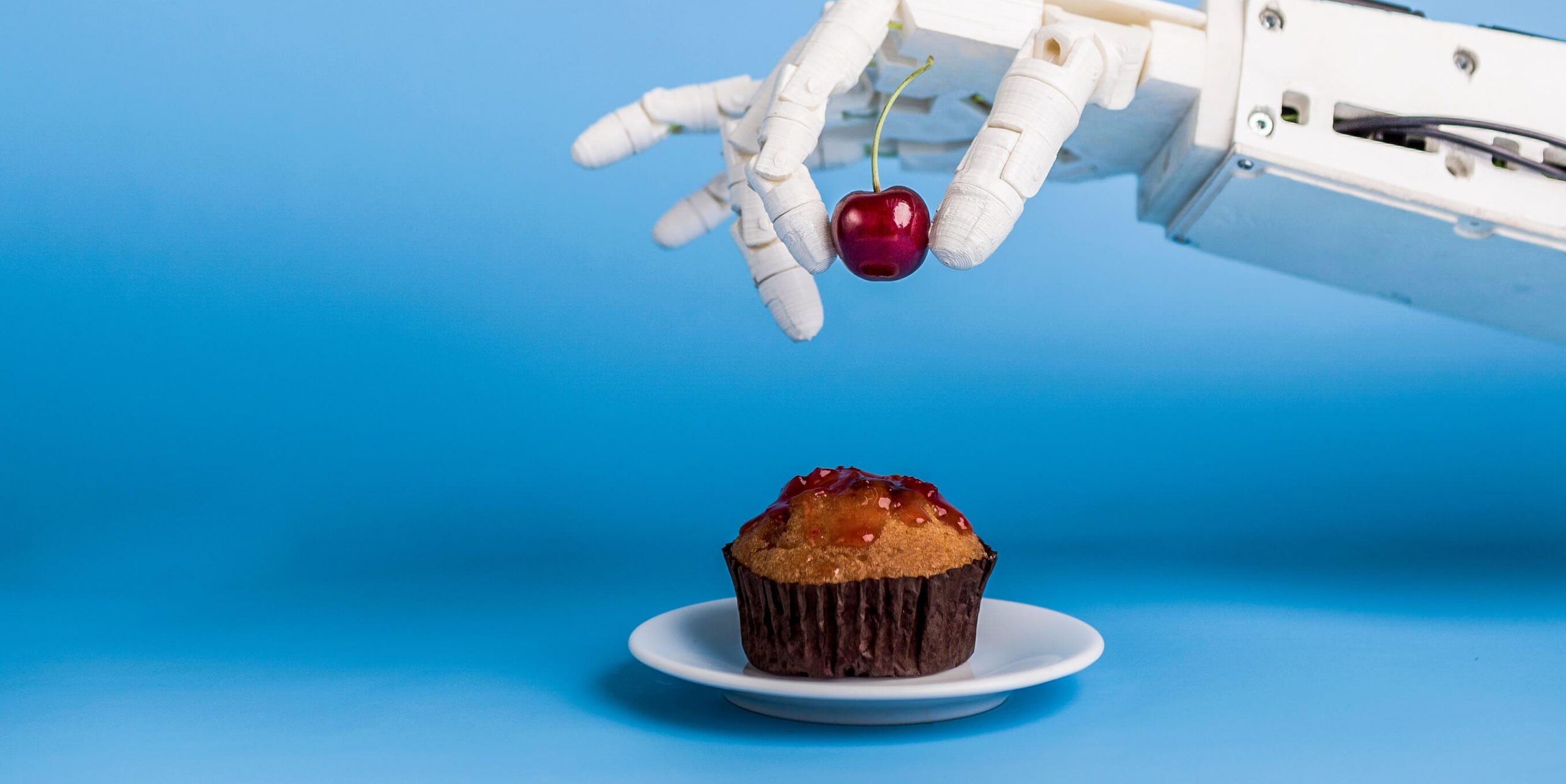
Image: AdobeStock | Prostock-studio
“Robotics is a big future topic, but I don’t see it becoming major in 2022,” says Leuschner. “Integrating more optimization into kitchens is starting slowly. The first steps will be in automated packaging or sorting to reduce labor in kitchens. In the coming years we will see fully automated kitchens as a widely accepted concept.”



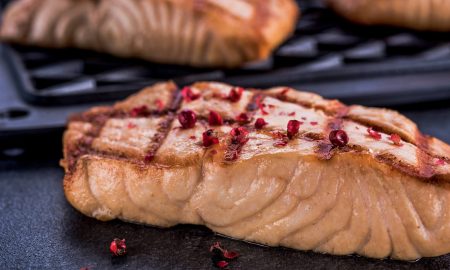
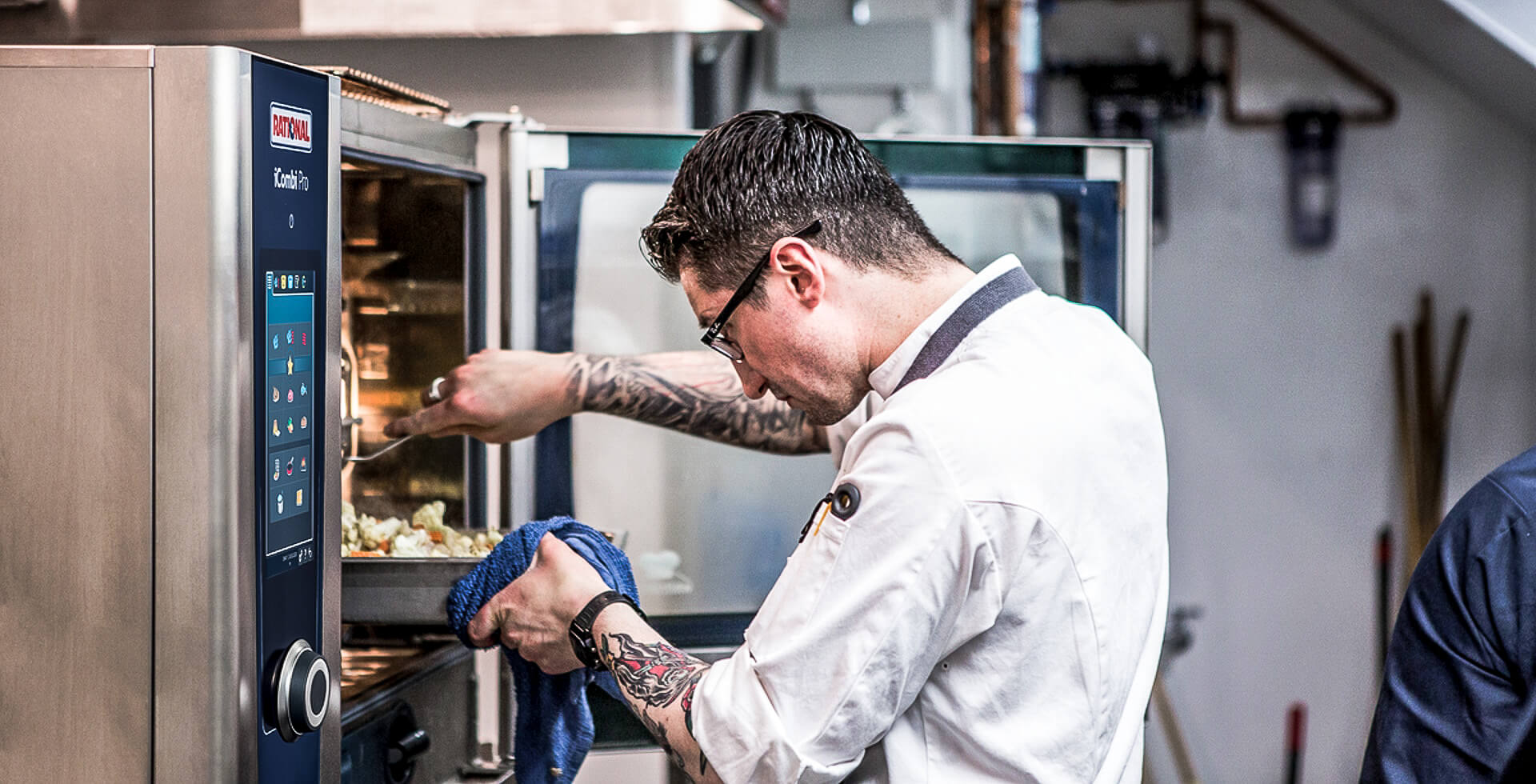


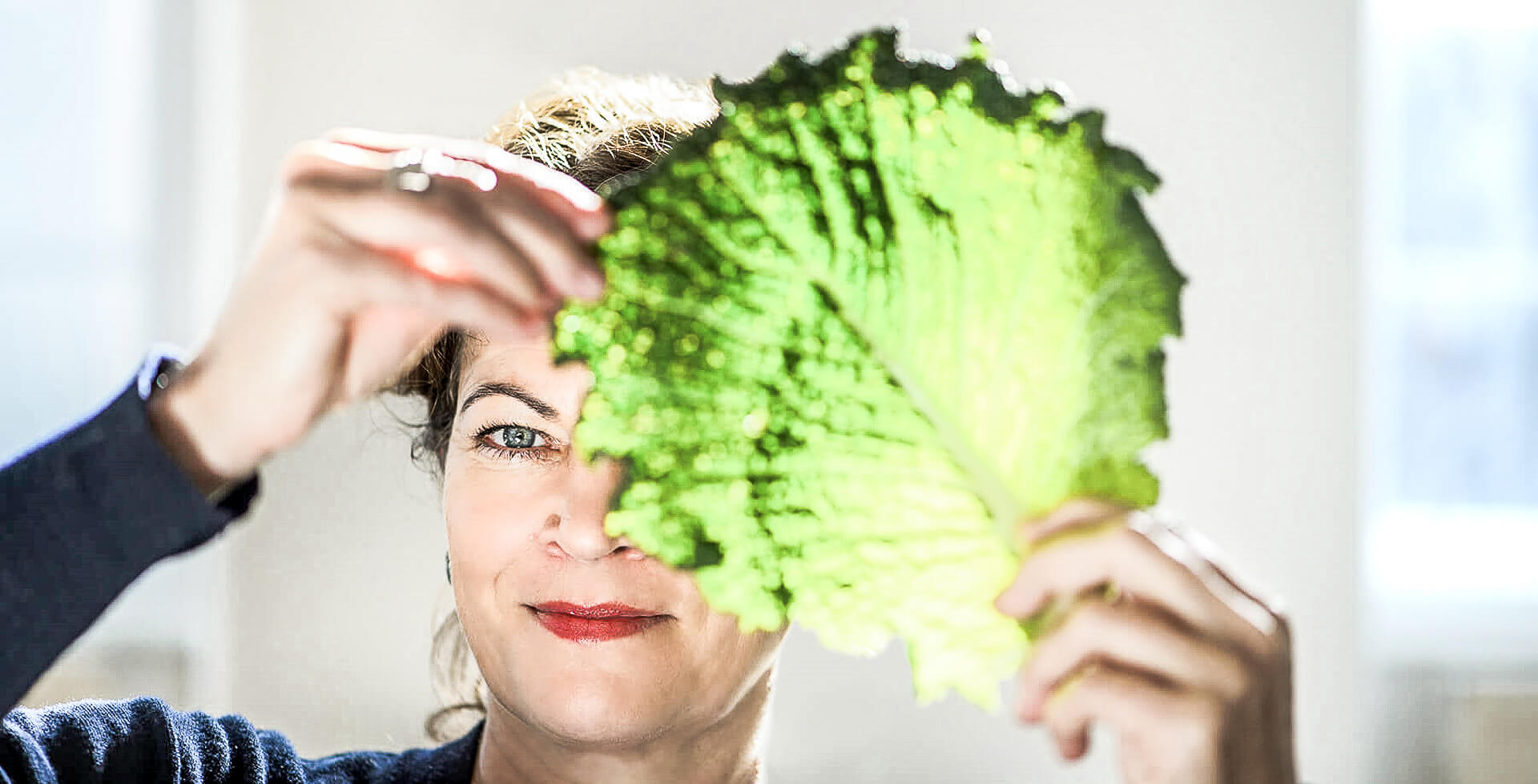







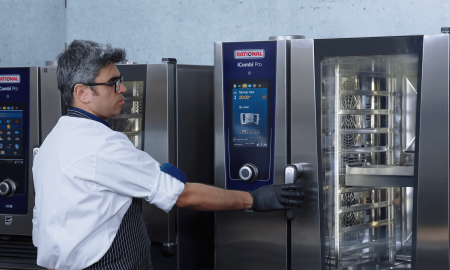

Pingback: A Beastly business | KTCHNrebel